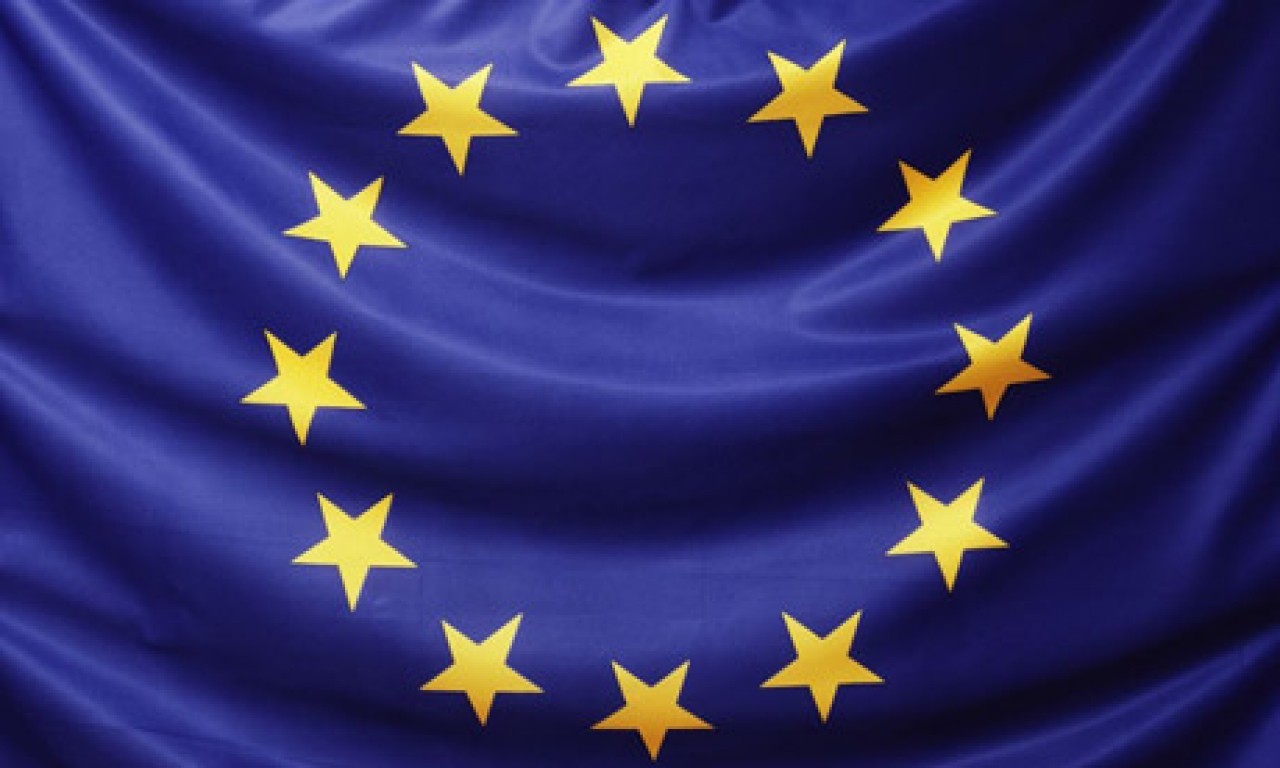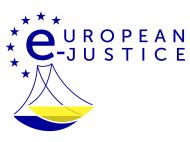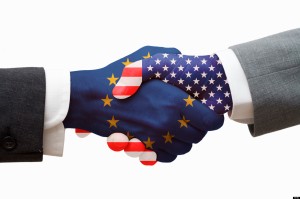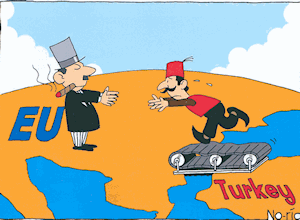Following the entry into force of the Treaty of Lisbon on 1 December 2009, the European Union now has legal personality and has acquired the competences previously conferred on the European Community. Community law has therefore become European Union law, which also includes all the provisions previously adopted under the Treaty on European Union as applicable before the Treaty of Lisbon. In the following presentation, the term ‘Community law’ will nevertheless be used where reference is being made to the case-law of the Court of Justice before the entry into force of the Treaty of Lisbon.
Jurisdiction
To enable it properly to fulfil its task, the Court has been given clearly defined jurisdiction, which it exercises on references for preliminary rulings and in various categories of proceedings.
References for preliminary rulings
The Court of Justice cooperates with all the courts of the Member States, which are the ordinary courts in matters of European Union law. To ensure the effective and uniform application of European Union legislation and to prevent divergent interpretations, the national courts may, and sometimes must, refer to the Court of Justice and ask it to clarify a point concerning the interpretation of EU law, so that they may ascertain, for example, whether their national legislation complies with that law. A reference for a preliminary ruling may also seek the review of the validity of an act of EU law.
Actions for failure to fulfil obligations
These actions enable the Court of Justice to determine whether a Member State has fulfilled its obligations under European Union law. Before bringing the case before the Court of Justice, the Commission conducts a preliminary procedure in which the Member State concerned is given the opportunity to reply to the complaints addressed to it. If that procedure does not result in the Member State terminating the failure, an action for infringement of EU law may be brought before the Court of Justice.
Actions for annulment
By an action for annulment, the applicant seeks the annulment of a measure (in particular a regulation, directive or decision) adopted by an institution, body, office or agency of the European Union.
GENERAL COURT
As from 1 December 2009, the date on which the Treaty of Lisbon entered into force, the European Union has legal personality and has acquired the competences previously conferred on the European Community. Community law has therefore become European Union law. In the following presentation, the term ‘Community law’ will nevertheless be used where the earlier case-law of the General Court is being cited.![]()
Procedure
The General Court has its own Rules of Procedure. Cases before the General Court follow the same procedure, subject to certain specific features peculiar to intellectual property actions and appeals. In general, the procedure includes a written phase and an oral phase.










